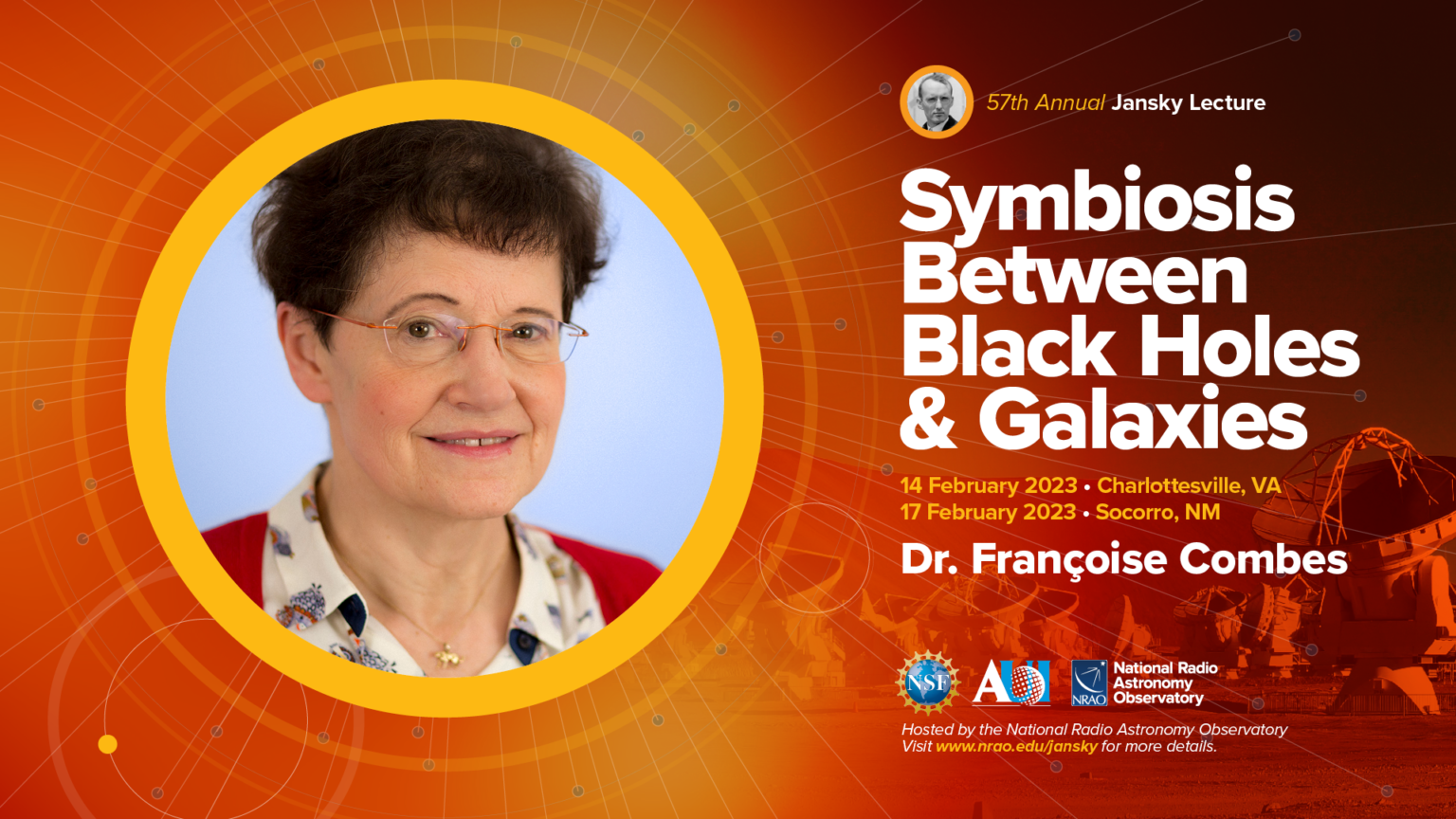The U.S. National Science Foundation National Radio Astronomy Observatory (NSF NRAO), in partnership with several leading Mexican universities and research institutes, has announced a series of landmark agreements and meetings aimed at advancing Mexico’s role in the Next Generation Very Large Array (ngVLA) project.
Recent News
Astronomers Discover a Superheated Star Factory in the Early Universe
Astronomers have uncovered a previously unknown, extreme kind of star factory by taking the temperature of a distant galaxy using the ALMA telescope. The galaxy is glowing intensely in superheated cosmic dust while forming stars 180 times faster than our own Milky Way.
Astronomers Share Largest Molecular Survey To-date: GOTHAM Legacy Data Goes Public
Astronomers in the “GBT Observations of TMC-1: Hunting Aromatic Molecules” research survey, known as GOTHAM, have released a spectral line survey with largest amount of telescope time ever conducted, charting more than 100 molecular species only found in deep space.
French Astronomer Honored as 2022 Jansky Lecturer
Credit: NRAO/AUI/NSF
Associated Universities, Inc. (AUI) and the National Radio Astronomy Observatory (NRAO) have awarded the 2022 Karl G. Jansky Lectureship to Professor Françoise Combes, Chair of Galaxies and Cosmology at the College of France and Astronomer at the Paris Observatory. The Jansky Lectureship is an honor established by the trustees of AUI to recognize outstanding contributions to the advancement of radio astronomy.
Professor Combes is being honored for her significant contributions to the fields of galaxy evolution, the interstellar medium, dark matter, and radio astronomy. Her expertise in a wide range of fields over the course of an outstanding scientific career has extended her influence to the entire breadth of astronomy. She is author of more than 1,200 publications and more than 20 books.
She received a Ph.D in astrophysics from the Ecole Normale Superieure in Paris, and her work has been recognized by numerous honors and awards. These include Fellowship in the American Astronomical Society, the R.M. Petrie Prize of the Canadian Astronomical Society, the Tycho Brahe Prize from the European Astronomical Society, the Gothenburg Lise Meitner Award, and an Honorary Fellowship of the Royal Astronomical Society.
A longtime scientific editor of Astronomy & Astrophysics, she has served in advisory roles for the Atacama Large Millimeter/submillimeter Array, the Square Kilometer Array, the Hubble Space Telescope, and the International Astronomical Union.
Combes will deliver her Jansky Lectures, entitled, “Symbiosis between black holes and galaxies,” in Charlottesville, VA, on Feb. 14, 2023, in Green Bank, WV on Feb. 15, 2023, and in Socorro, NM, on Feb. 17, 2023.
Tuesday, February, 14
Charlottesville, VA – Darden Conference Center, University of Virginia
Public reception at 6pm
Lecture at 7pm
Wednesday, February 15
Green Bank, WV – Science Center Auditorium
Lecture at 4pm
Q&A and public reception immediately to follow
Friday, February 17
Socorro, NM – Macey Center, New Mexico Tech
Lecture at 7pm
Public reception immediately to follow
First awarded in 1966, the Jansky Lectureship is named in honor of the man who, in 1932, first detected radio waves from a cosmic source. Karl Jansky’s discovery of radio waves from the central region of the Milky Way started the science of radio astronomy.
Other recipients of the Jansky award include eight Nobel laureates (Drs. Subrahmanyan Chandrasekhar, Edward Purcell, Charles Townes, Arno Penzias, Robert Wilson, William Fowler, Joseph Taylor, and Reinhard Genzel) as well as Jocelyn Bell-Burnell, discoverer of the first pulsar, and Vera Rubin, discoverer of dark matter in galaxies.
View a complete list of past recipients.
The National Radio Astronomy Observatory is a facility of the National Science Foundation, operated under cooperative agreement by Associated Universities, Inc.
This news article was originally published on the NRAO website on February 5, 2023.
Recent News
NSF National Radio Astronomy Observatory and Mexican Institutions Sign Historic Agreements to Advance ngVLA Collaboration
The U.S. National Science Foundation National Radio Astronomy Observatory (NSF NRAO), in partnership with several leading Mexican universities and research institutes, has announced a series of landmark agreements and meetings aimed at advancing Mexico’s role in the Next Generation Very Large Array (ngVLA) project.
Astronomers Discover a Superheated Star Factory in the Early Universe
Astronomers have uncovered a previously unknown, extreme kind of star factory by taking the temperature of a distant galaxy using the ALMA telescope. The galaxy is glowing intensely in superheated cosmic dust while forming stars 180 times faster than our own Milky Way.
Astronomers Share Largest Molecular Survey To-date: GOTHAM Legacy Data Goes Public
Astronomers in the “GBT Observations of TMC-1: Hunting Aromatic Molecules” research survey, known as GOTHAM, have released a spectral line survey with largest amount of telescope time ever conducted, charting more than 100 molecular species only found in deep space.

